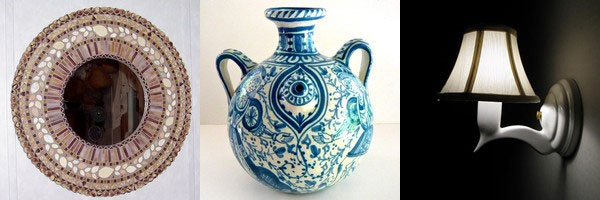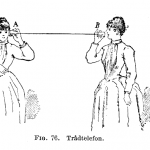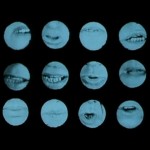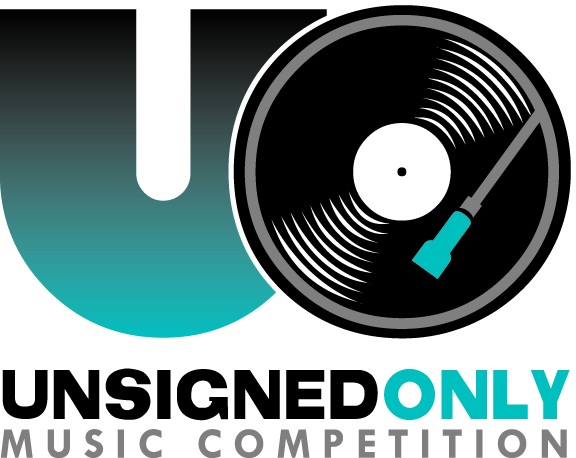
Extinction Craves Reincarnation
Commentary, Culture, EssaysIt’s said that Charles Dickens created 989 named characters (published in print) throughout his literary career. It’s rumored he developed one each day of his life. Somehow those numbers, while impressive, lack honesty. If the rumors are true then Mr. Dickens would have a collection close to 60,000 characters, all residing in his stable waiting for a story to unravel. While many would suspect this to be impossible, reality is, this is what a master craftsman loyal to his art can accomplish. Yet over the centuries it would appear that loyalty to one’s art has evolved past the realm of commitment to originality, and into a sea of profitable inspiration. Part of this decline I believe can be attributed to the boom of online resources. Particularly that of Etsy.
Etsy’s premiss is rather simple, and for many, viewed as an ingenious platform for artists to gain recognition as well as income. Produce a storefront which includes a profile, images, and the wares that you want to sell. It is no more complicated than setting up a Facebook or Twitter account, on which the majority of the world is already engorging. What sets Etsy apart from other online formats – Cafe Press, Red Bubble, etc. – is that it asks for handmade, original craft works, paintings and art pieces–wicker baskets for classic cruisers, clothing, necklaces fabricated from chipped tea cups and stones–all the items you’d expect to find in a hipster’s flat.
Flipping through the thousands of pages comprising the online art outlet, I’ve come to the conclusion that the aspect of originality is dead. Gone. Extinct. Each shop professes “unique designs” and “original paintings”, yet the theme is always the same. It’s another step in the process line of what I deem “Capitalist Imagination,” a byproduct of the 90’s term “Sell-Out” which accompanied many alternative bands jumping indy ship, and latching onto the lucrative tit of corporate labels.
But who, or what, is to blame for this new wave of capitalist art? My experience slugging away as an art student over the years has allowed a vapid consciousness of academic institutions. Many professors pride their lectures on outlining methods for artists to be successful, to profit, to exit the educational womb and be birthed into a new world ready for profit. It’s drilled into students’ heads: this is how you must be in order to survive. Eliminate the ingenuity of applying originality for the sake of adoring your talents, and revert your instincts to compete with the modern market. Produce items that society wants to hang on their walls, and you will be the next Warhol. So we graduate, go forth and plunder under the leadership of our fellow man/woman. We embrace a template standard and hit repeat. We sell for bare minimums and become a product of a mass consumerism world. While the modern contemporary (and those indy, hipster radicals) believe we are the voice of reason, change and modernity, that is just a rumor.
Really there is no blame for one’s desire to profit from their work. However, as artists, it is our responsibility to make choices on how we choose to project our talents. Online platforms, while proficient and intoxicating, are not galleries. They are marketable commodities. What separates the mainstream artist of today from Mr. Dickens is this: he created for art’s sake, not with the ambition to be a name with a price tag. His stories continue to project pride and elegance not because they were produced by a name, but because his stories are amazing literary works of art. Art which cannot be denied.






















